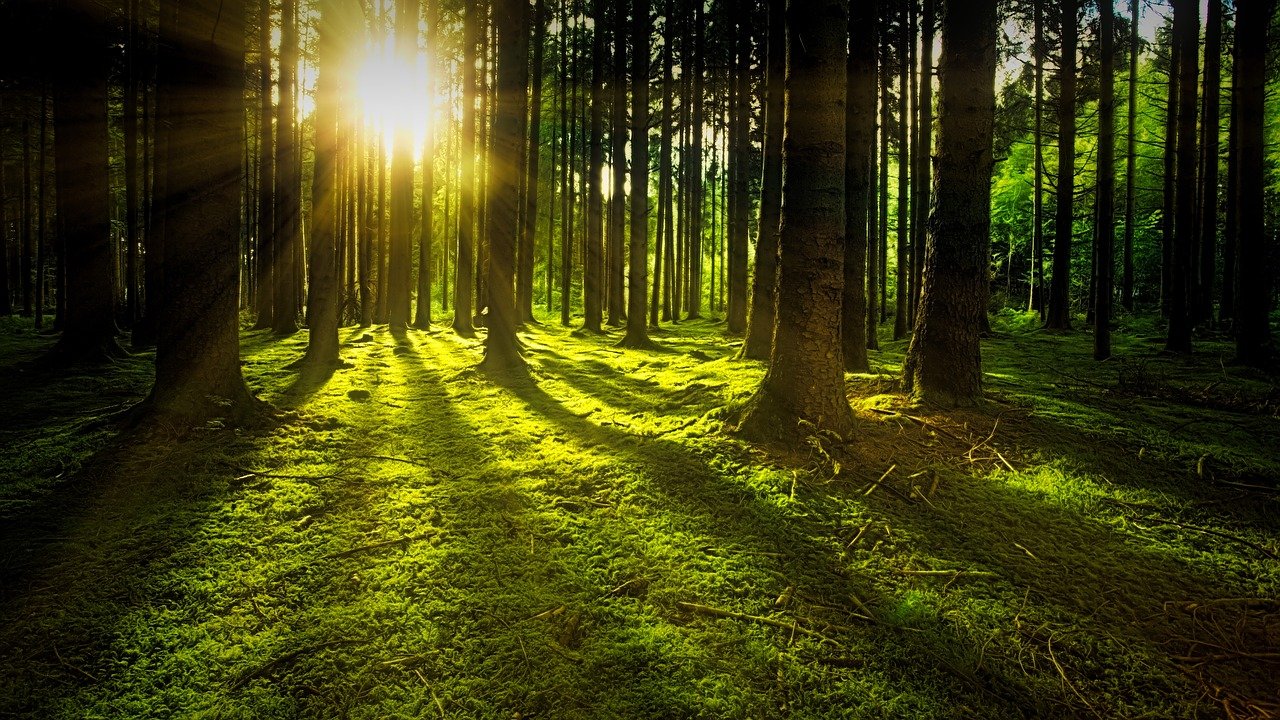
Authors: Tim Rayden, Kendall R. Jones, Kemen Austin, Jeremy Radachowsky
Article impact statement: Prioritizing restoration of degraded forests allows for more rapid delivery of climate and biodiversity goals.
THE STUDY:
A new study in Conservation Biology mapped potential areas for restoration. Previous research and practice have focused a great deal on reforesting cleared land. The researchers found that forests that have been degraded, but not cleared, represent 1.5 billion hectares of potential land for restoration. That’s almost the size of Russia. Degraded forests are those that have been damaged by human activities such as selective logging, but still retain many of their natural features. They are often found adjacent to intact forests, so their protection and restoration could also prevent additional damage to these intact areas
THE TOOL:
The map and prioritization method developed by this study will help governments and land managers in deciding the HOW and WHERE of restoration projects. For example, the study looks at an area of forest in Mesoamerica that is critical for wildlife and carbon sequestration. Including degraded forests in restoration would double the area of opportunity and increase climate mitigation potential by 70% versus only restoring cleared land. This tool can help practitioners understand where they will have larger impacts, or returns, for their efforts.
THE IMPACT:
Restoring degraded forests has a great number of impacts beyond simply adding to the area of opportunity for restoration. Because degraded forests are closer to their natural state:
- They can recover more quickly and show progress over a short period of time.
- They can regain biodiversity more easily and store more carbon than cleared lands, where trees need to regrow and wildlife need to inhabit.
- Restoration efforts are more likely to succeed.
- Restoration costs less, since there are fewer improvements that need to be made to reach a fully functioning state.
Published on: Conservation Biology
